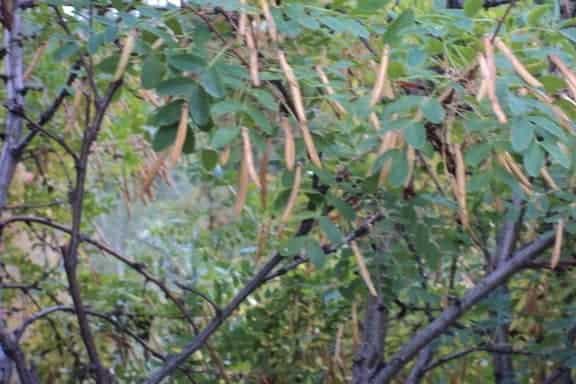Well, it’s harvest time again. Whether you’re a gardener, hunter, berry picker or farmer, the freezer starts to fill up for us all.
Not so long ago everyone did some sort of fall harvest and food preservation. Large chains of supermarket type stores have almost done away with this sort of practice. It is possible to eat fresh strawberries in January and buy fresh meat in small packages at any time of year.
While this makes for convenient shopping for those who are on a budget or have limited storage space, it isn’t necessarily a sustainable situation. Especially considering how remote our community is.
In order to create some sort of food security here in the Yukon, we need to have people who grow food. It doesn’t matter whether they are growing it for themselves or for sale to others.
If our link with the south breaks for any reason, the food trucks stop coming. And we only have about three to four days’ worth of food available to us at the grocery stores. Once their supplies are gone the shelves are bare.
So what is a person to do?
Well, some people have “rainy day” funds to tide them over during a financial crisis. It wouldn’t be a stretch to suggest a similar solution when it comes to food. In fact, that is what people have done for centuries before our current food system was developed.
Fall was a time when fields and gardens were harvested. The produce was preserved and stored. Even the animals were provided for.
That is why most barns have a hayloft above the area that animals were penned in. It also made winter chores easier, too.
Often there would be trapdoors placed just above where the feed was needed. All the farmer had to do was move the feed to the trapdoor and let gravity take its course.
Here in the Yukon, it is common to go hunting. This is one way that we would be able to maintain our food security. Berry picking in the fall is also very common.
But we can’t live on just moose and berries. Without other food sources the forests would very soon be bare of both.
During World War II, the practice of having a Victory garden became popular. Food was rationed. So in order to have a bit extra, people planted gardens or raised small livestock like chickens or rabbits.
Even after the war ended, this practice was common for quite awhile. As farms grew larger in size and our current food system was developed, fewer and fewer people raised their own foods.
Now decades later, food preservation has becoming a lost art. And growing our own foods seems to be more of a hobby than a necessity.
Learning to grow and preserve foods for the winter isn’t as difficult as it may seem.
There are resources in our community that will help anyone do just that. Not only will the new skills that are learned provide tasty food during the winter, they will also help to make our territory more food secure.

